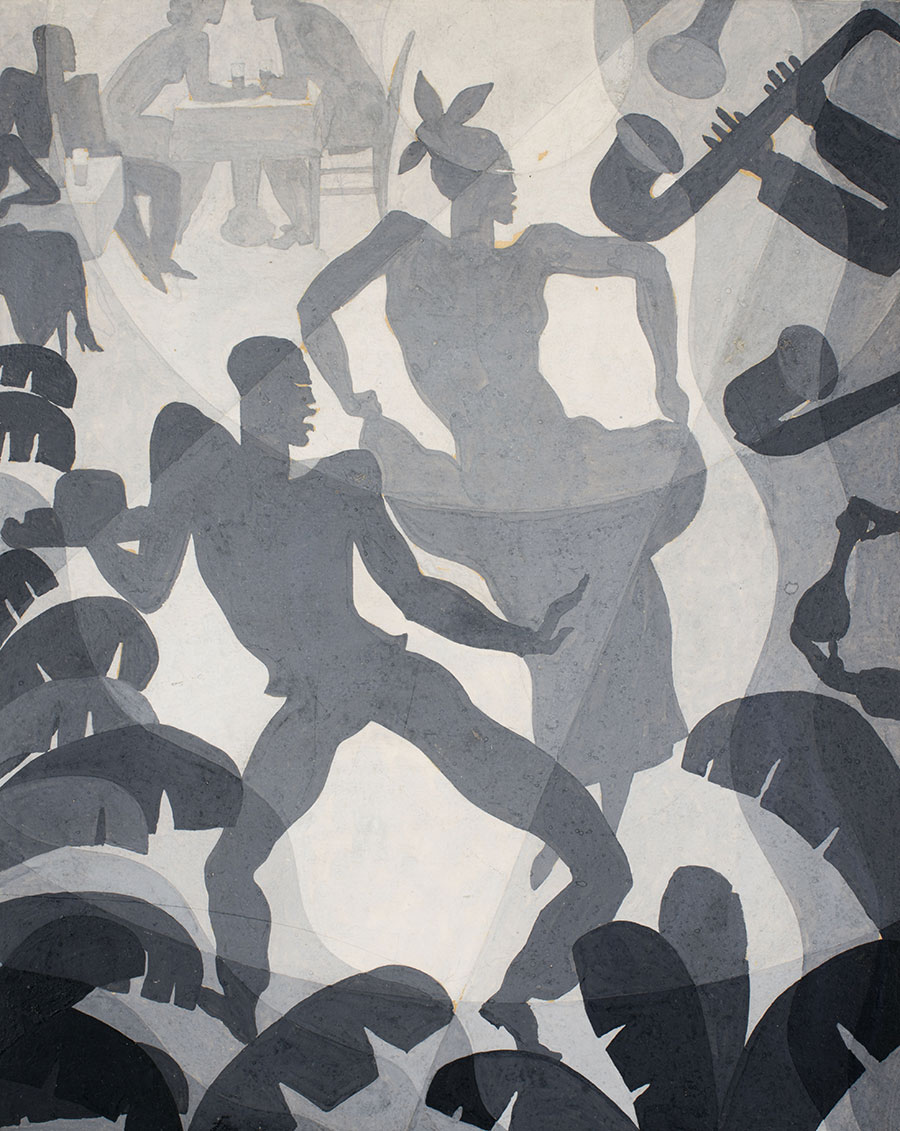Dissent at the Disco: The Subversive Art of the Party
As a show about cabaret culture opens at the Barbican, it’s worth remembering that nightclubs are about more than just a good time
As a show about cabaret culture opens at the Barbican, it’s worth remembering that nightclubs are about more than just a good time

‘What good is sitting alone in your room, come hear the music play,’ sings Sally Bowles in the film Cabaret (1972), extolling the convivial virtues of the nightclub. Let’s face it, she was delusional. As she hoofed across the stage praising the social freedoms of Weimar Berlin nightlife, her audience was filling up with Nazi officers. But club myth has always tended towards romanticism, divorced from murky reality. Just look at the names of fabled venues like Heaven or Paradise Garage, or the titles of recent panel discussions, such as ‘Nightlife and Queer Utopias’ at the V&A in London in February. No sticky floors, expensive drinks or dancefloor discrimination for the speakers at that event. For every jubilant photo taken at Studio 54, I bet there were a dozen more of Liza Minelli and co. looking sweaty and over it.

Before you dismiss this as the snarky response of someone whose dancing days are almost over, dissent at the disco has always been as important to clubbing as celebration. Historically, clubs and cabarets weren’t just sites of pleasure, but of political action and art making – from dada and the Harlem renaissance, to modern gay rights. This cultural impact is increasingly recognized. Exhibitions such as ‘Into the Night’, which opens at the Barbican Centre, London, this week, the travelling ‘Cruising Pavilion’ first installed in Venice during the architecture biennale last year and the work of artists Rosie Hastings and Hannah Quinlan, all attest to the art of the party. Crucially, these movements didn’t come together in some earthly paradise in a basement bar. They were formed through antagonism, with activists and artists as likely to call the club escapist or counter-revolutionary as they were to claim ‘Last Night a DJ Saved My Life’.
Ambivalence about nightlife has even been an essential part of its tawdry glamour. Take Cabaret, which based its glitzy spectacle not on affirmative images, but Otto Dix’s grotesque paintings of Weimar dissipation. An early scene directly recreates his Portrait of Sylvia von Harden (1927) out drinking. With her monocle and cropped-hair she is the picture of modern woman. But her skin is sallow, eyes tired, hands like claws and face stuck in a grimace, repelled by whatever show she is watching. If the painting misogynistically targets the perils of women drinkers, when it’s recycled in the film, Von Harden becomes the embodiment of ‘divine decadence’: Bowles’ term for overindulgence as a sign of liberation. When Von Harden’s grimace is mirrored by other audience members, it’s clear that this is the sophisticated cynicism of cabaret habitués.

Cabaret’s amorality reflects the myth that within nightclubs norms are suspended or dislocated. But there have been persistent assertions that this is nothing but a false or pseudo-tolerance. For example, the racial integration that occurred in the jazz clubs of the 1920s and ’30s Harlem Renaissance was disparagingly referred to in a short story by Langston Hughes as ‘When the Negro Was in Vogue’ (1940). Far from creating a place outside an unequal society, these bars were another example of white economic exploitation of African American culture, which would soon be discarded for the next trend. Painter Aaron Douglas hints at these sentiments in his mural Song of the Towers (1934) in which a black saxophonist is perched precariously on a metal cog, about to be devoured by the city that looms up behind him.
Gay Liberationists of the 1970s echoed these sentiments, arguing that newly formed gay clubs were just a means for straight society to profit off an oppressed group. Marxist Mario Mieli referred to gay city districts as ‘ghettos’, which under the guise of tolerance merely segregated queers to prevent broader social change. His contemporary Guy Hocquenghem described the situation more bluntly as ‘give us your money, but fuck between yourselves’, while in a 1971 film Rosa Von Praunheim called (not entirely seriously) for a boycott of all gay bars. By the 1980s the internal norms of the gay scene were the problem, with club kids like Leigh Bowery contesting the dominance of the bourgeois body beautiful. Remembering his party Taboo, Sue Tilley claims Bowery would hold up a mirror to anyone who looked too normal, sarcastically asking: ‘Would you let yourself in?’

More recently artists and writers have been less hard-line, seeing the shortcomings of the club as an essential part of its political potential. José Esteban Muñoz argues that we are too hasty to dismiss nightlife as compromised by commerce. Visiting a sex worker bar, he sees ‘men of all races relating to one another’, an otherwise unlikely form of togetherness made possible, not prevented, by this illicit trade. Whether these economies perpetuate or undo the racial fetishism decried by Hughes, Muñoz doesn’t say. Utopia, he reminds us, is hoped for but rarely achieved in the present. Likewise, for artists like Rosie Hastings and Hannah Quinlan, it is the imperfectness of the club that keeps us coming back for more, hoping it will be better next time. Their drawings show queer misfits hardly jubilant to be out; but, by sharing that experience of alienation, they plant the seed of political change to come.
Main image: Ramón Alva de la Canal, El Café de Nadie (Nobody’s Café), c. 1970. Courtesy: Private Collection, © DACS, 2019




















